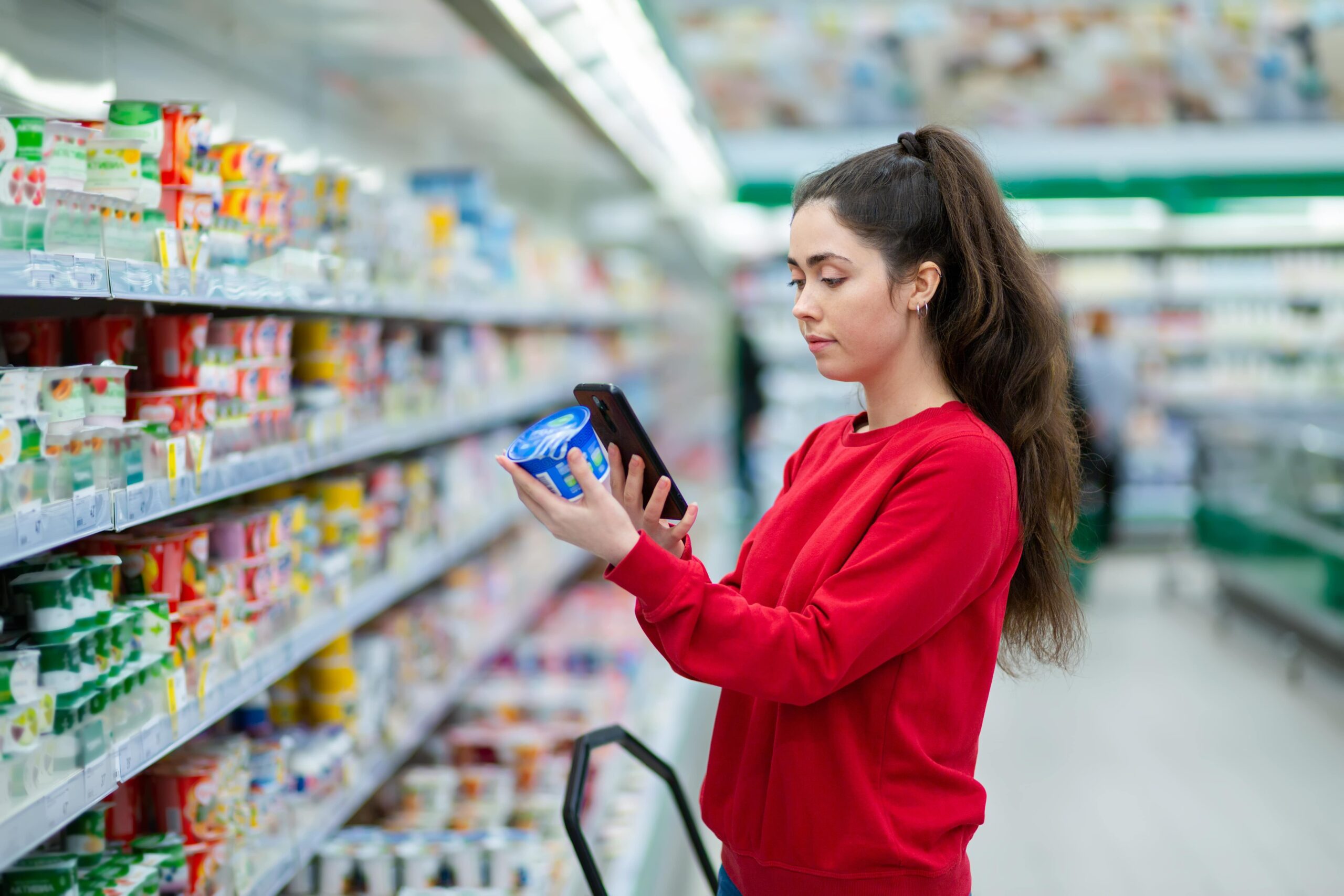When talking about cellular service and Distributed Antenna Systems (DAS) that enhance indoor signals, common topics are “coverage vs. capacity” and which solution is needed. This question typically arises when calls, texts, or data fail to transmit. Usually our initial thought is, “The network is busy. I’ll keep hitting send until it works.” But we’re here to uncover the myths about poor in-building connectivity and explain why Nextivity is the top choice for boosting cellular service with coverage.
The reality is that 90% of the time, the issue isn’t a busy network but rather a lack of cellular signal penetration — or no cellular coverage. This is especially true indoors.
This point is so crucial we’ll say it again: 90% of indoor cellular issues are coverage issues, not capacity issues. This is good news because improving coverage is much easier and less expensive than adding capacity. This blog explains why boosting cellular service with coverage is the best option for most buildings.
Nextivity: Your Coverage Experts
We’re cellular coverage DAS experts and specialize in delivering high-quality signals throughout a building. This means we’re the ones to call for boosting cellular service with coverage. Let’s explore the differences between cellular coverage and capacity issues.
What Is Network Capacity?
Let’s dive into our coverage vs. capacity debate a little further. When we’re talking about network capacity, we’re describing a network’s ability to handle an incredibly high volume of calls, data, and users at the same time. Over the years, network operators have invested billions in enhancing network quality and adding capacity to account for the growing number of devices, but there are times when bandwidth is maxed out and even more capacity is needed.
When Capacity Issues Occur
Large events – like a concert or sports game – with tens of thousands of people in the crowd using data to livestream, send pictures and videos to friends, or post on social media is a classic capacity-issue scenario. The solution is a legacy DAS that adds capacity and ensures coverage across the venue. Airports and high-use office skyscrapers are other locations where capacity issues might arise. But since most buildings don’t have that level of network traffic, boosting cellular service with coverage will deliver the reliable signal you’re looking for.
The High Cost of Legacy DAS
Legacy DAS systems are effective, but they sure are expensive and take a long time to install. In addition to ranging from hundreds of thousands to over a million dollars (depending on requirements), Legacy DAS can take over a year to deploy due to carrier coordination and the need for dedicated fiber backhaul. These are great for stadiums and airports, but solving connectivity challenges in most buildings can be achieved by boosting cellular service with coverage.
Addressing Coverage Issues
90% of cellular issues are coverage related. This happens when the robust signal from network operators isn’t reaching your device. Many factors can prevent cellular signals from penetrating buildings, such as other buildings, modern construction, mountains, trees, and weather. These factors often block, absorb, or reflect signals. Higher frequency signals, like 5G, are even less likely to pass through walls and glass. Boosting cellular service with coverage can overcome these obstacles.
How Nextivity Solutions Help
Nextivity cellular coverage solutions bring the power and capacity of the macro network indoors. Now, let’s discuss “bars” — the signal strength indicators on your phone. Generally, more bars mean a better signal, but various factors can affect your device’s ability to transmit calls or data. Signal quality indicators like SINR (signal-to-interference-plus-noise ratio) measure the strength of the desired signal against noise and interference. Too much noise, even with a strong signal, degrades cellular signal performance.
The Importance of Signal Quality
Cellular devices constantly communicate with network towers, thousands of times per minute. The bars on your phone can’t keep up, so while more bars are beneficial, they don’t guarantee excellent service due to the many factors behind the scenes.
Nextivity’s Commitment to Quality Coverage
When Nextivity talks about “raising the bar” and our installers being “certified bar-raisers,” we mean delivering more bars to more places. We boost coverage by ensuring strong, high-quality cellular signals reach all corners of your building. Our signals are high-quality thanks to signal processing algorithms made possible by our proprietary IntelliBoost chip. This allows us to clean up the signal before distributing it, unlike repeaters that amplify both signal and noise. This is what has made Nextivity known for boosting cellular service with coverage.
Smarter by Design
Our signal processing algorithms are a key feature that makes Nextivity solutions smarter by design. In the debate over coverage vs. capacity, remember that 90% of indoor cellular issues are coverage issues. This is what makes boosting cellular service with coverage so valuable: you can do it quickly and without paying for added capacity when it’s not needed.
And if we determine you have a capacity issue, we’ll help you fix that too. Add coverage first, then capacity if needed.
Let’s Talk
Contact Nextivity today to learn about how Nextivity’s cell phone signal booster solutions outcompete traditional DAS in the middleprise sector and solve indoor connectivity issues.




